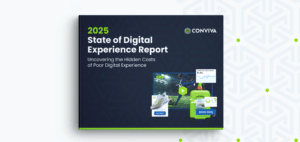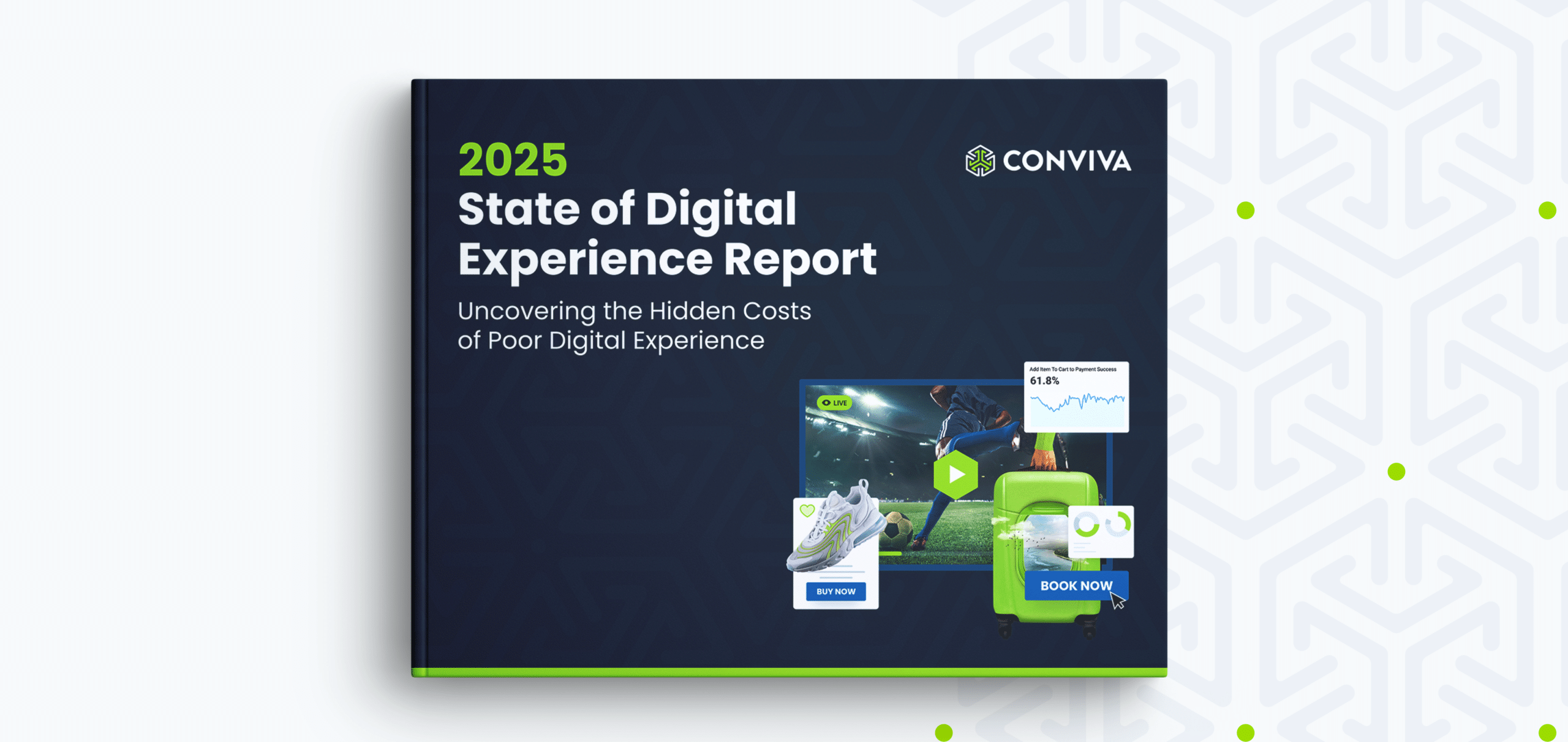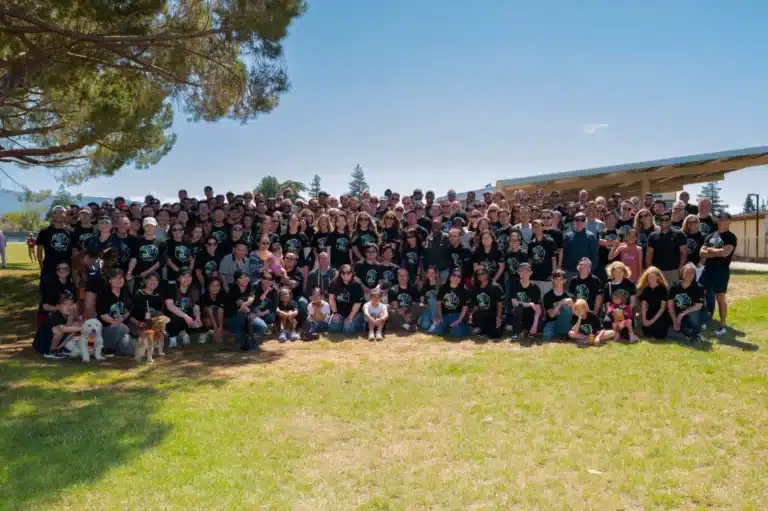Root cause analysis is a systematic approach used to identify the underlying causes of problems or incidents. In the context of apps and video streaming services, root cause analysis focuses on uncovering the fundamental reasons behind experience, performance, or engagement issues, such as delayed login or subscription, video playback failure (VPF), low video quality, or service interruptions. By pinpointing these root causes, it empowers providers to take targeted actions to improve service quality and maintain user satisfaction.
Conviva’s Operational Data Platform sets a new standard as the world’s premier real-time performance analytics service, designed to seamlessly bridge the gap between intricate system performance and business outcomes on a significant scale, all in real-time. By delving into both client and server-side performance metrics, Conviva plays a pivotal role in assisting providers in enhancing the user experience, expediting issue resolution, and optimizing cost efficiency. This is achieved through the strategic application of Conviva’s time-state technology, which effectively eliminates redundant data and streamlines processing for a more simplified and resource-efficient operational environment.
The Critical Role of Root Cause Analysis
Root cause analysis is a powerful and essential tool for app and video streaming providers. From enhancing your user experience to minimizing downtime, improving customer retention and gaining a competitive edge, root cause analysis is pivotal for delivering high-quality, reliable and efficient digital services. In an industry where user expectations are consistently rising, the benefits of root cause analysis cannot be underestimated, as its implementation is essential for the success and growth of digital platforms.
In order to gain a profound understanding of user experience, its direct influence on engagement, and how to effectively address potential challenges, Conviva employs real-time monitoring at a comprehensive census scale. This approach is strategically implemented to eliminate delays and prevent any potential blind spots, ensuring a thorough and timely assessment of root cause for business-critical issues.
- Improved User Experience
Root cause analysis helps in quickly identifying and resolving issues that affect service quality and experience. By addressing these root causes, app or video streaming services can provide a smoother, more consistent and enjoyable experience for their users, leading to higher satisfaction and engagement.
2. Minimized Downtime
Root cause analysis plays a crucial role in minimizing service outages and downtime. By identifying and attending to the causes of streaming issues, providers can prevent or significantly reduce service disruptions. This results in increased service reliability, which is critical for retaining users.
3. Efficient Problem Resolution
Identifying the root causes of problems through root cause analysis leads to more efficient problem resolution. Instead of merely addressing the symptoms of an issue, service providers can target core problems. This not only saves time and resources, but also prevents the recurrence of similar issues in the future.
4. Data-Driven Decision Making
Root cause analysis is driven by data and analytics. It allows organizations to make informed decisions based on the analysis of streaming data. Service providers can use these insights to optimize their streaming services, allocate resources effectively, and plan for future improvements. This data-driven approach enables continuous enhancements in the streaming infrastructure.
5. Cost Savings
By addressing the root causes of issues, app or video streaming services can save costs associated with troubleshooting, incident resolution, and potential loss in advertising revenue. Proactive problem identification and resolution thanks to Conviva’s precise issue identification and root-cause analysis can significantly reduce customer support needs, which can lead to substantial cost savings in the long run. Through instant, comprehensive auto-collection of key data for your business, Conviva empowers providers to swiftly connect the dots and yield results that exert a tangible influence on your business’s overall financial performance.
6. Improved Customer Retention and Loyalty
A superior streaming service, as a result of effective root cause analysis, leads to satisfied and loyal customers. Users are more likely to continue using a service that consistently delivers high-quality content without disruptions. This, in turn, can boost customer retention rates and reduce subscriber churn.
7. Competitive Advantage
The world of digital services, whether on apps or video streaming platforms, is a highly competitive one, and delivering top-tier quality can provide a significant competitive advantage. Providers that invest in root cause analysis and consistently offer a superior user experience are more likely to stand out in the market and attract a larger audience. The Conviva Operational Data Platform serves as a safeguard for critical business moments, ensuring your users can watch shows, book cabs, and subscribe to content without any interruptions. By providing a reliable and seamless operational foundation, Conviva contributes to the smooth functioning of these essential user interactions.
8. Continuous Service Improvement
Root cause analysis is not a one-time effort but an ongoing process. Continuous monitoring of the digital platform is essential to ensure that corrective actions are effective and that the problem remains resolved. By continually analyzing and addressing root causes, streaming providers can iteratively improve their services, staying ahead of the evolving technology landscape and the ever-increasing demands of users.
Common Root Causes for User Journey Issues
The seamless and high-quality delivery of digital content can be a complex endeavor, and issues can arise. The continuous improvement of app and video streaming services depends on the proactive identification and resolution of these root causes, ensuring a smoother and more reliable streaming experience for all. Conviva’s innovative Operational Data Platform empowers providers to stay ahead of potential issues, preventing user complaints or platform abandonment. Through rapid issue diagnosis and immediate root-cause insights, our technology is a proactive tool for safeguarding engagement and retention, ensuring a consistently high level of uptime and reliability on the platform.
1. Network Congestion
One of the most prevalent root causes of streaming issues is network congestion. This occurs when the network experiences high traffic, leading to slow video streaming, buffering, and even service interruptions. Network congestion can be especially problematic during peak usage hours.
2. Server Issues
Servers are the backbone of digital platforms. If servers become overloaded due to an influx of users or suffer from hardware or software failures, it can result in service disruptions. Issues with server infrastructure can lead to lower video quality, app downtime, and more.
3. Content Delivery Issues
Efficient content delivery is vital for an excellent streaming experience. Problems with Content Delivery Networks (CDNs), which help distribute content to users, can disrupt the streaming service. CDNs that are not properly configured or maintained can cause delays and buffering. Conviva’s platform offers providers with an in-depth comprehension of their CDN performance, even to the level of individual devices within a designated country.
4. Device or Software Problems
Sometimes, the root cause of streaming issues can be traced back to the devices used for streaming or the software applications themselves. Outdated software, compatibility problems, or issues with your user’s device can result in a less-than-optimal streaming experience.
5. Network or Infrastructure Problems
Issues related to the network infrastructure, such as faulty cables, routers, or switches can lead to streaming problems. A weak Wi-Fi signal or malfunctioning network hardware can cause connection drops.
6. Internet Speed
The speed and stability of your user’s internet connection are vital for app and video streaming. Users with limited bandwidth may experience more severe issues.
7. Regional Restrictions
Some services are subject to regional restrictions and licensing agreements. Users located in regions where content is geo-blocked may experience disruptions in their streaming experience.
8. DNS Resolution
Issues with Domain Name System (DNS) resolution can result in difficulty accessing streaming servers. DNS problems can manifest as slower loading times and intermittent service interruptions.
9. Content Encoding
Incompatibility with content encoding methods or the choice of encoding settings can lead to issues with video quality. This may result in pixelation or low-resolution video.
10. Authentication Services
Problems with login, subscription, or payment processes, which are some of the most critical for businesses’ growth and revenue goals, often relate to issues with an authentication service. Conviva’s root cause analysis can pinpoint even these 3rd-party issues, preventing delay or failure at key points in the user journey.
How To Conduct A Successful Root Cause Analysis
Root cause analysis is a vital process for maintaining an exceptional app or video streaming service. By following these steps, organizations can systematically identify, solve, and prevent issues that affect the streaming experience. Effective root cause analysis ensures that your users enjoy a dependable and top-notch service, while also helping service providers to continuously improve their offerings.
Utilizing an AI alerting tool facilitates the rapid identification of user-impacting issues, thereby minimizing the time required for detection and resolution. Conviva’s AI alerts, complemented by Explainable AI, furnish comprehensive breakdowns of data modifications triggering each alert. This functionality significantly accelerates the diagnosis of underlying issues, expediting the resolution process.
1. Define the Problem
The first step in root cause analysis is to define the problem accurately. Problems can vary from buffering and low video quality to service interruptions or other performance-related issues. By defining the problem clearly, you set the stage for a focused analysis. Conviva’s platform facilitates real-time visibility into your user experiences, allowing service providers to promptly identify and address any encountered problems or challenges.
Providers can initiate a thorough investigation into root causes by analyzing data through various dimensions such as device, location, connection type, OS, app version, and more. Subsequently, a deeper dive into granular metrics including network request times, failure rates, and app crashes, allows for the precise identification of issues that directly influence user experience and behavior.
2. Prioritize Potential Causes
Not all potential causes are equally significant. Prioritize the list of potential causes by accessing their likelihood and potential impact on the problem. Focus on the causes that are most likely to be the root causes and have the greatest impact. These causes might include network congestion, server issues, or even software glitches.
3. Conduct Deep Dive Investigations
For each prioritized potential cause, perform deeper investigations. This might involve reviewing server configurations, examining network infrastructure, or inspecting user devices to determine if the problem can be traced back to any of these root causes.
4. Verify the Root Cause
After identifying a potential root cause, verify it through further testing and analysis. Confirm that addressing this cause will indeed resolve the problem. In some cases, multiple causes may need to be addressed simultaneously.
5. Develop Corrective Actions
Once the root cause is verified, develop a plan for corrective actions. This may involve server upgrades, network optimization, content delivery adjustments, or software updates. Data may need to be shared with other teams in your business, which Conviva makes simple, thanks to built-in share controls within our intuitive dashboard.
6. Implement Corrective Actions
Put the corrective action plan into action. Ensure that the changes are implemented effectively and without causing new issues. Monitor the implementation process closely.
7. Monitor and Validate
After implementing the corrective actions, closely monitor your digital platform to ensure that the problem has been resolved. Analyze your service’s performance and gather data to validate that the root cause has indeed been addressed.
8. Prevent Recurrence
To prevent the problem from recurring, it’s essential to continually monitor the platform and be proactive. Regularly assess the system’s performance and keep an eye on metrics and data to spot any early signs of issues.
Discover the Power of Root Cause Analysis with Conviva
If buffering issues, poor video quality, or service disruptions are affecting your users’ experience, it’s time to take action and ensure your app or video streaming service runs at its best. In today’s digital landscape, your users demand instantaneous functionality from their digital platforms without prolonged delays after an issue arises. Meeting these expectations ensures a positive quality of experience (QoE), which is the most critical factor in ensuring that your business continues to meet and even exceed growth and revenue goals.
Conviva offers instantaneous visibility into primary errors occurring across an extensive range of players, devices, and operating systems, making it possible to identify and pinpoint the underlying causes of errors affecting specific user journeys. It’s time to tackle unresolved issues and take charge of your digital business with Conviva’s revolutionary time-state technology. Engage with our specialists today and unveil the full spectrum of potential unlocked by Conviva’s comprehensive Operational Data Platform.




